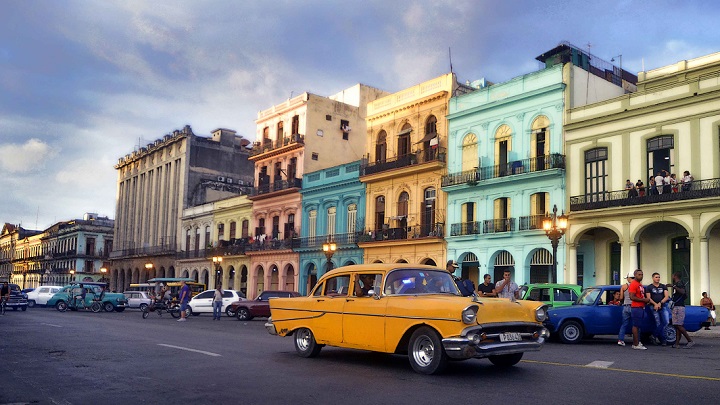
Are you thinking of traveling to Cuba ? Well, we have to tell you that it is a fantastic choice, since it is one of the most charming destinations in the world, being able to find incredible Spanish colonial architecture, paradisiacal beaches, a great climate, exquisite gastronomy, wonderful natural parks, an excellent environment…
Considering its rich history, size and natural beauty, it is not surprising that Cuba is the Caribbean island with the most UNESCO World Heritage Sites . Today at Vuela Viajes we want to tell you about all of them, including an element inscribed on the list of Intangible Cultural Heritage. Would you like to join us? We assure you that you will not regret it!
Old City of Havana and its fortification system
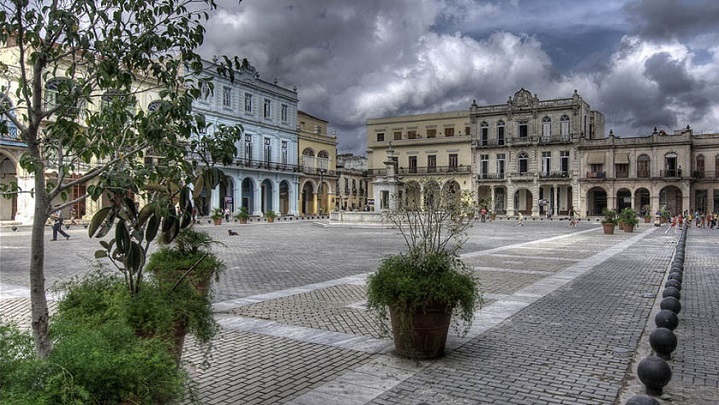
The first place in Cuba that was declared a World Heritage Site by UNESCO was the Old City of Havana and its system of fortifications, which preserves an interesting mix of baroque and neoclassical monuments and a homogeneous set of houses with arches, balconies, bars wrought iron and interior patios.
Trinidad and the Valley of the Sugar Mills
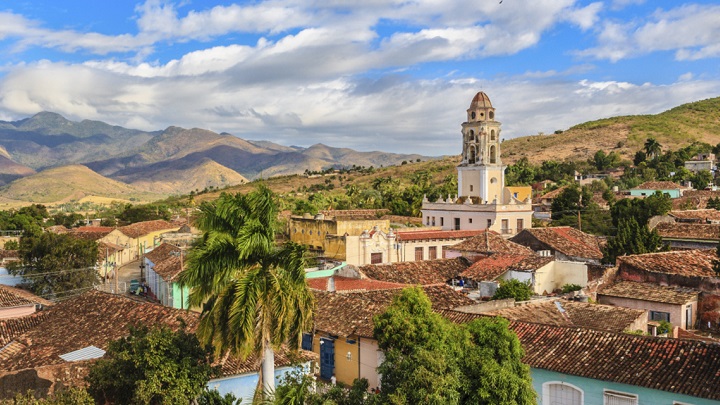
Years later, UNESCO also included Trinidad and the Valle de los Ingenios on its list. The city preserves some important buildings from the 18th and 19th centuries, such as the Palacio Cantero or the Palacio Brunet.
Castle of San Pedro de la Roca in Santiago de Cuba
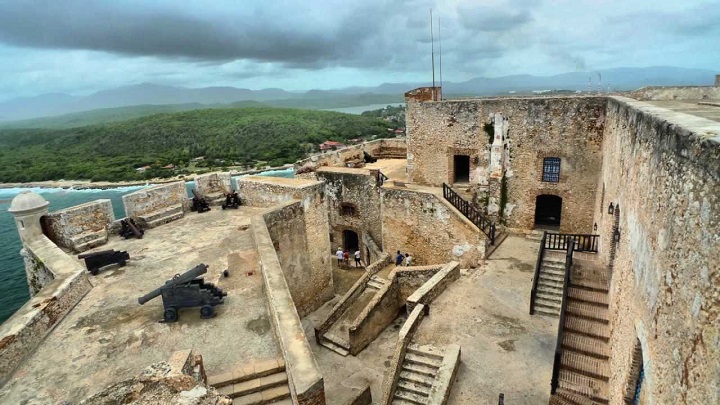
We also have to tell you about the Castillo de San Pedro de la Roca, an intricate complex of forts, powder magazines, bastions and batteries located in Santiago de Cuba. It is the most complete and best-preserved example of Spanish military architecture in America.
Desembarco del Granma National Park
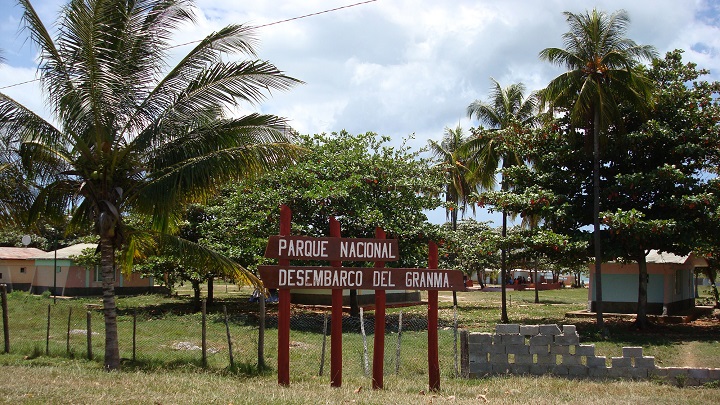
In the southeast of Cuba, in what is now known as the Province of Granma, we find the Desembarco del Granmna National Park, a natural site that stands out for its high marine terraces , the spectacular cliffs of Cabo de Cruz and the impressive coastal cliffs.
Viñales Valley
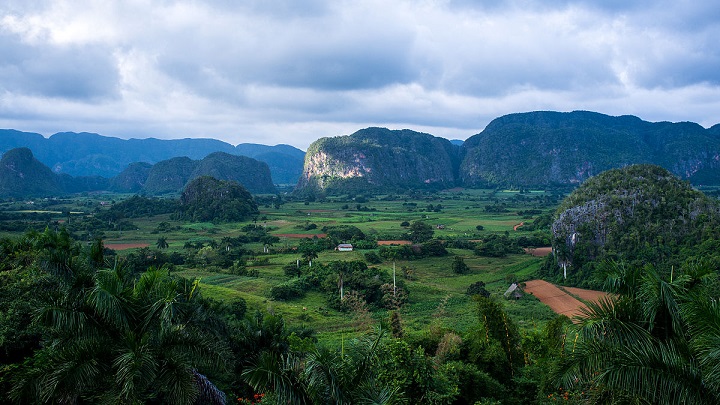
Another World Heritage site in Cuba is the Valley of the Viñales, a geographical feature located in the province of Pinar del Río. It is a fertile valley in which the inhabitants continue to use traditional agricultural techniques.
Archaeological landscape of the first coffee plantations in the southeast of Cuba
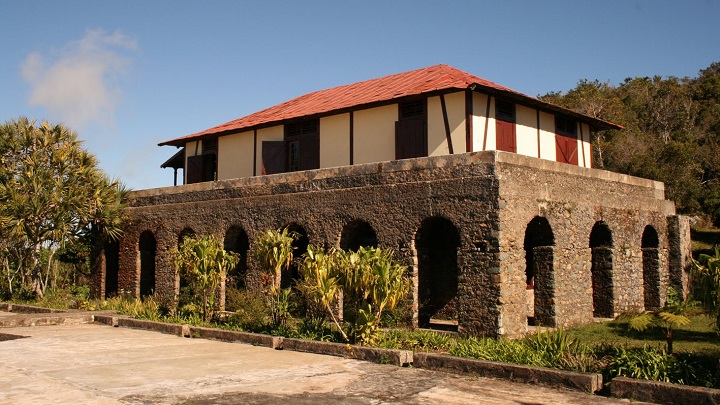
The vestiges of coffee plantations from the 19th century, which are located at the foot of the Sierra Maestra, have also been declared a World Heritage Site, since, according to UNESCO, they constitute an exceptional testimony of the use of pioneering agricultural techniques in difficult terrain .
Alejandro de Humboldt National Park
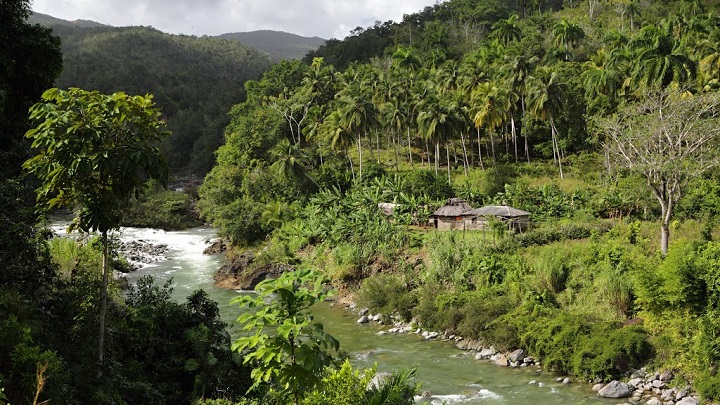
We continue our tour of Cuba in the Alejandro de Humboldt National Park, which is located in the provinces of Holguín and Guantánamo. It is surprising for its complex geology and its varied topography, which have generated a diversity of ecosystems and species unparalleled in the Caribbean.
Historic urban center of Cienfuegos
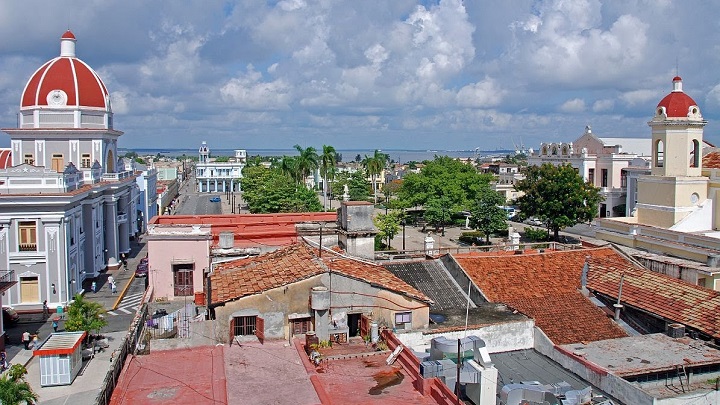
We also have to tell you about the city of Cienfuegos, which was founded in 1819 by French settlers. Bathed by the waters of the Caribbean, it stands out for its architecture, which evolved from neoclassical to more eclectic forms. Furthermore, it is important to bear in mind that the new ideas of modernity, hygiene and urbanism were reflected here for the first time in Latin America.
Historic center of Camagüey
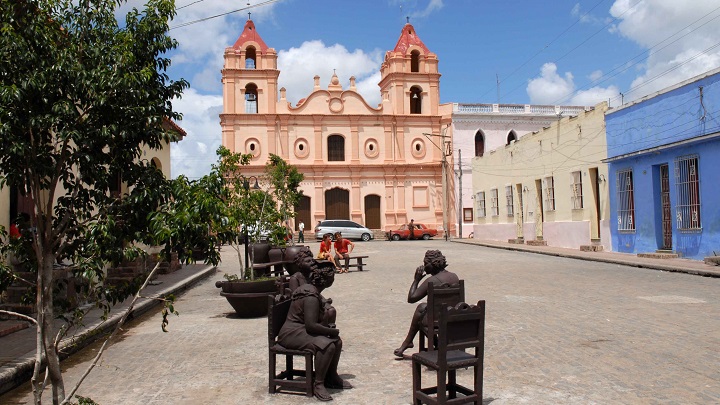
Another city that is part of the UNESCO World Heritage List is Camagüey, one of the first seven towns founded by the Spanish in Cuba. Its historic center covers 54 hectares and a good example of a traditional urban settlement away from the main commercial routes.
The French Tomb
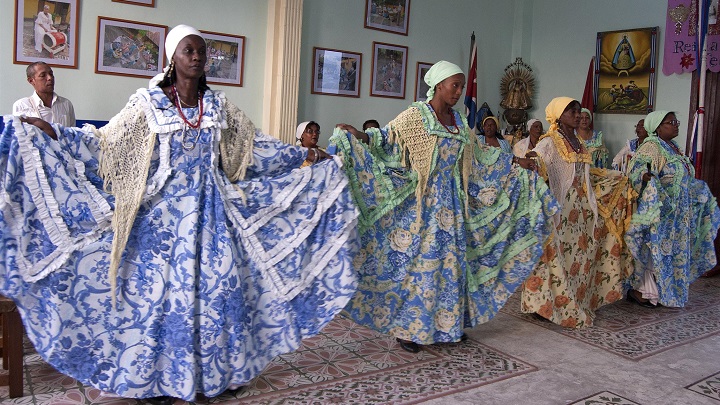
Finally, we have to talk about La Tumba Francesa, a cultural manifestation of music and dance that embodies one of the oldest links with the Afro-Haitian heritage of the Cuban province of Oriente. Since 2003 it has been part of the Representative List of the Intangible Cultural Heritage of Humanity.
